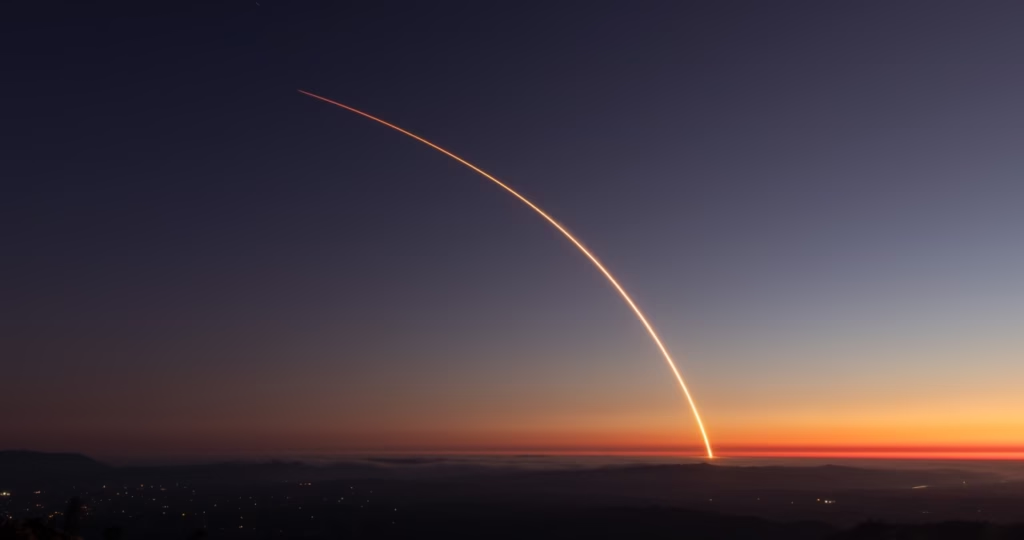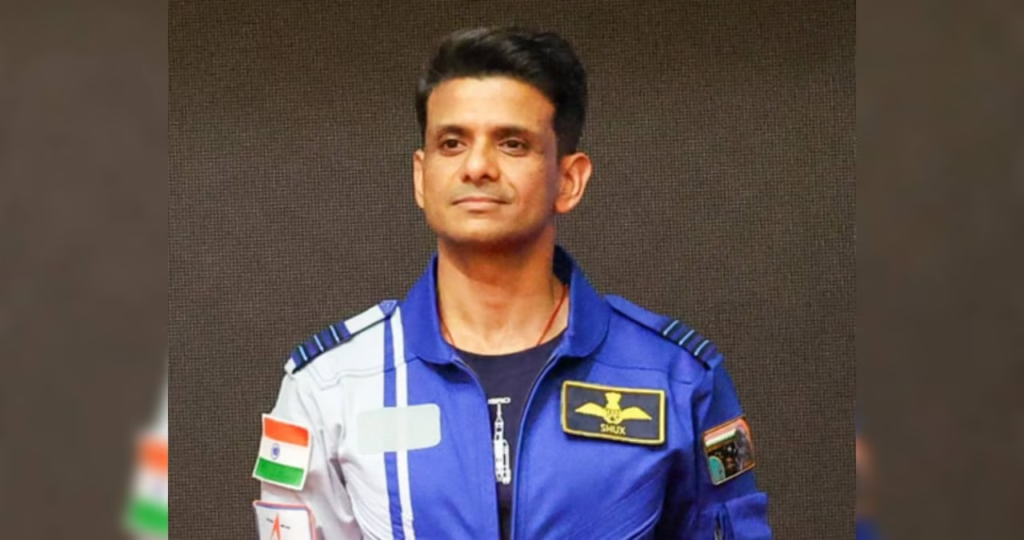On July 19, 2025, a SpaceX rocket launch illuminated the night sky above Vandenberg Space Force Base, captivating spectators and advancing the mission to connect the world.
At 8:52 p.m. PDT, a Falcon 9 rocket soared from California’s Space Launch Complex 4 East, carrying 24 Starlink Version 2 Mini satellites into polar orbit. Known as the Starlink 17-3 mission, this launch is a pivotal piece of SpaceX’s plan to expand its satellite network, delivering high-speed internet to remote regions, including polar areas like Alaska. For local communities and space fans, the event was a thrilling blend of innovation and cosmic ambition.

The SpaceX rocket launch was originally planned for July 18 but shifted to Saturday, July 19, likely due to weather or technical fine-tuning—common adjustments in space missions to ensure success. The Falcon 9, a towering 230-foot reusable rocket, is a hallmark of SpaceX’s efficiency. Its first-stage booster, B1082, embarked on its 14th mission, having previously supported launches like NROL-145 and OneWeb #20. Minutes after liftoff, the booster executed a flawless landing on the droneship Of Course I Still Love You in the Pacific Ocean, marking SpaceX’s 477th booster recovery and the 141st on this vessel. This reusability underscores SpaceX’s transformative approach to making space exploration more sustainable and cost-effective.
The payload of this SpaceX rocket launch consisted of 24 compact Starlink satellites, designed to bolster global internet coverage. With over 7,900 satellites already in orbit, as tracked by space experts, SpaceX aims to deploy more than 400 additional satellites by the end of 2025. These polar-orbit satellites will enhance connectivity in underserved regions, potentially doubling internet speeds in areas like the Arctic. For residents near Vandenberg, the launch was a spectacle, with prime viewing spots like Lompoc’s Surf Beach and Santa Barbara’s coastal areas drawing crowds eager to witness the rocket’s fiery ascent.
 Why “Red Ties” at Alaska Summit May Change World Politics in 2025? →
Why “Red Ties” at Alaska Summit May Change World Politics in 2025? →A point of local debate surrounded the SpaceX rocket launch and its potential sonic booms. Some reports suggested that counties like Ventura, San Luis Obispo, and Santa Barbara might experience booms from the booster’s reentry, while others emphasized that the offshore landing minimized disruptions. This mixed messaging reflects the challenge of aligning cutting-edge space missions with community expectations. SpaceX’s strategy of landing boosters on droneships helps reduce local impact, but clear communication remains essential to address public concerns.
For those who couldn’t attend, SpaceX offered a live broadcast on its website and X platform, kicking off minutes before the rocket’s launch. The stream showcased the Falcon 9’s climb and the booster’s precise landing, engaging a worldwide audience. Resources like Lompoc tourism guides and space launch websites provided tips for catching future SpaceX rocket launches, fostering public excitement. These efforts highlight SpaceX’s knack for making space accessible, turning each launch into a shared celebration of human achievement.
The Starlink 17-3 mission follows earlier successes, like the May 2025 Starlink 17-1 launch, and paves the way for upcoming projects, including a NASA rideshare mission. Each SpaceX rocket launch builds momentum toward a future where global internet access is a reality, breaking down barriers for remote communities. As the Falcon 9 pierced the California sky on July 19, it carried not only satellites but also the promise of a more connected world. This SpaceX rocket launch was more than a technical triumph—it was a beacon of progress, sparking wonder and inspiring dreams of what lies beyond our planet.
 Judge Frank Caprio: Why He is the “World’s Nicest Judge”? →
Judge Frank Caprio: Why He is the “World’s Nicest Judge”? →Also Read: Shubhanshu Shukla Ends India’s 41-Year Space Wait!
 The Rs 5 Coin Mystery: Why It’s a Hot Item in Bangladesh! →
The Rs 5 Coin Mystery: Why It’s a Hot Item in Bangladesh! →





